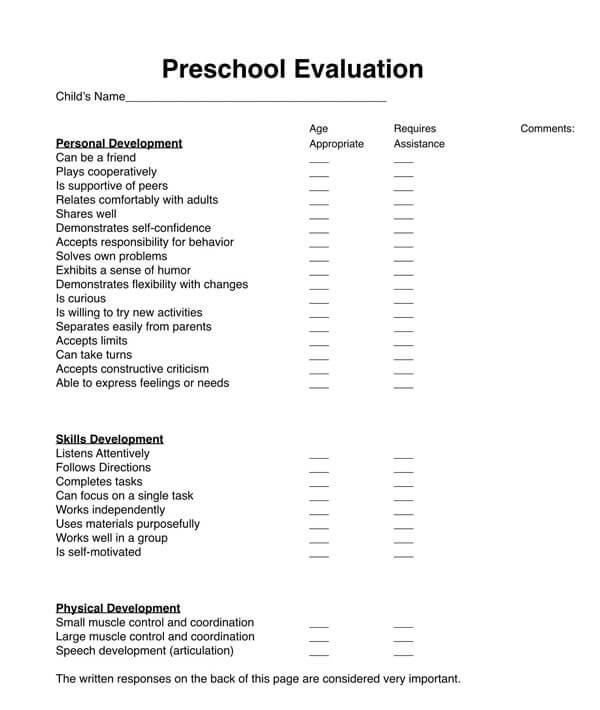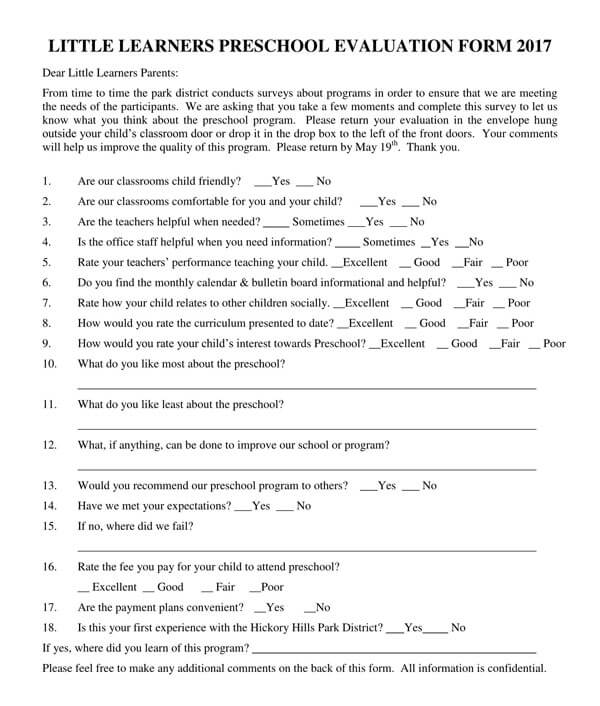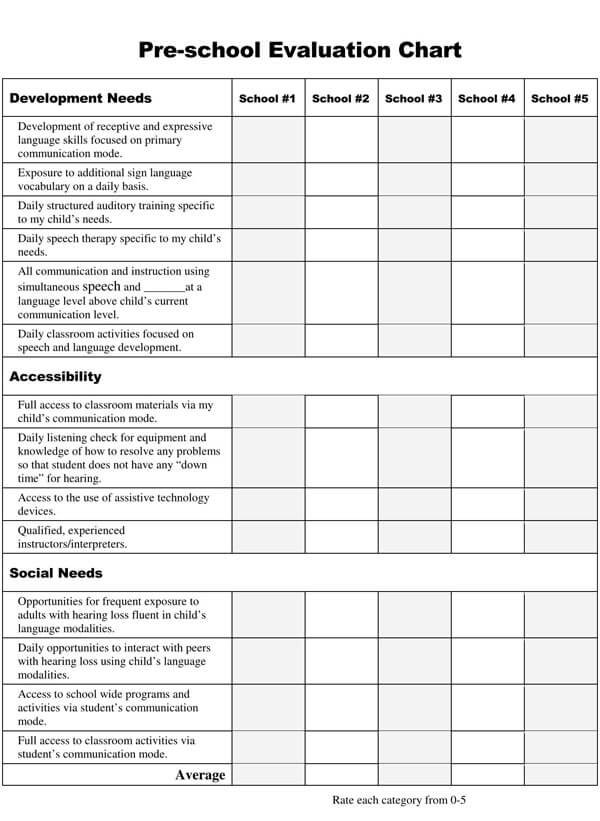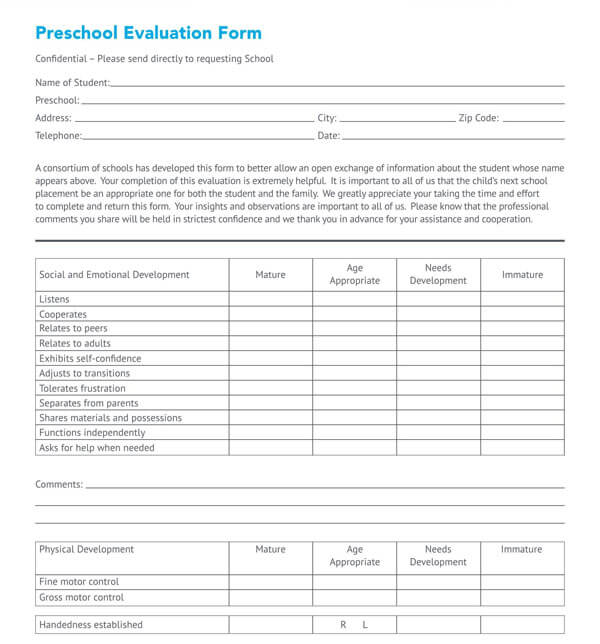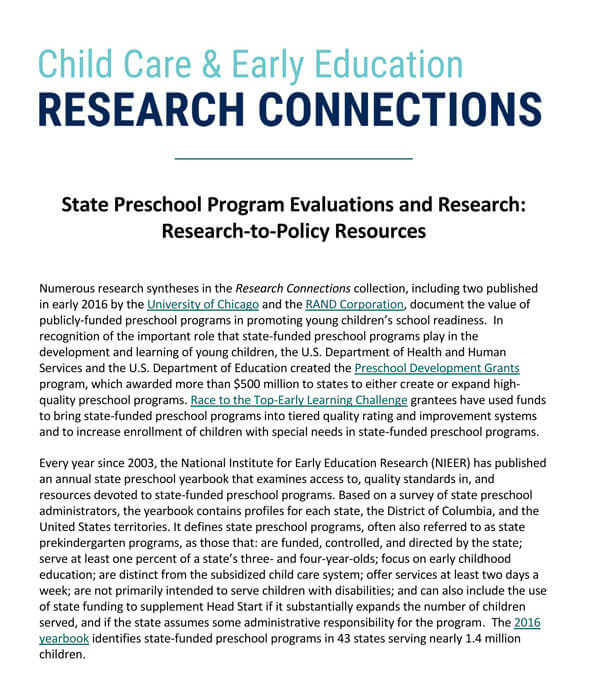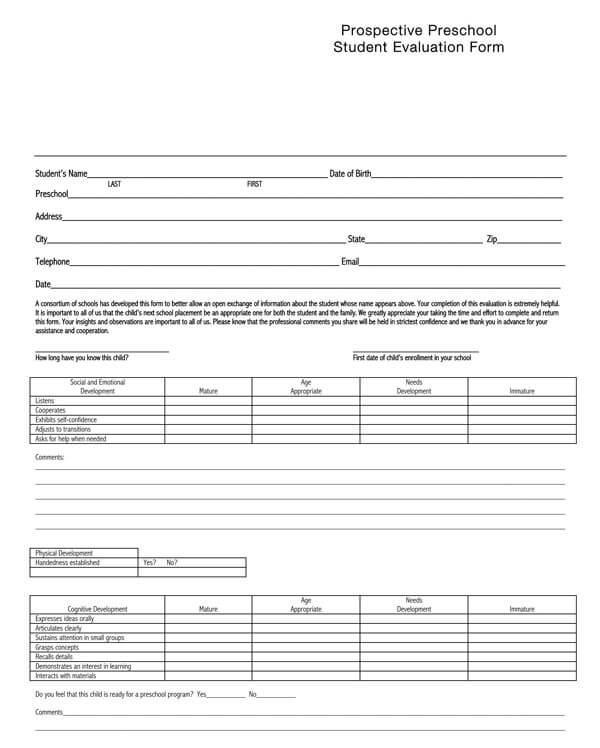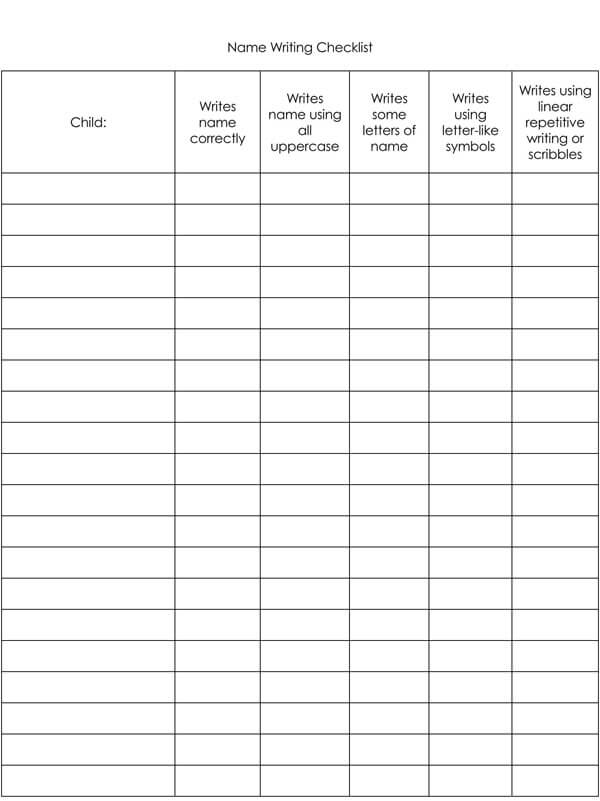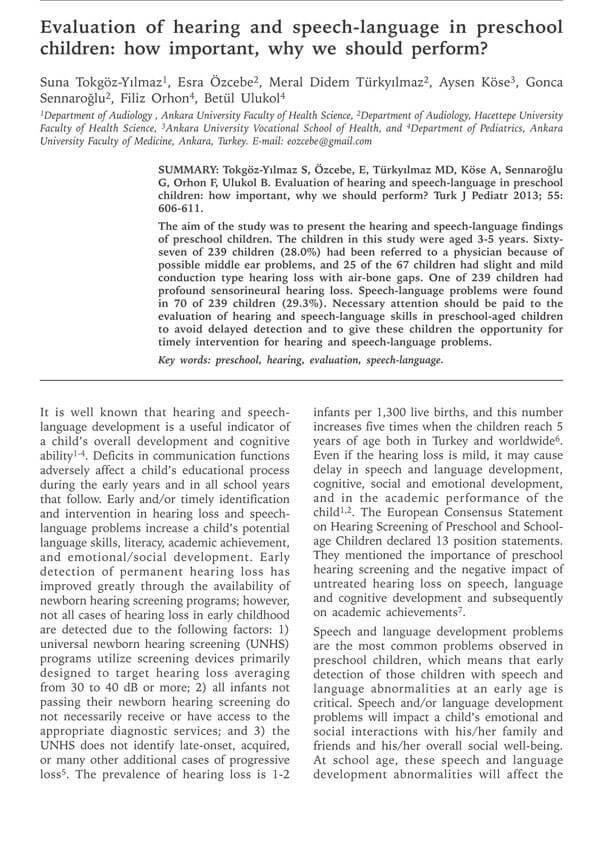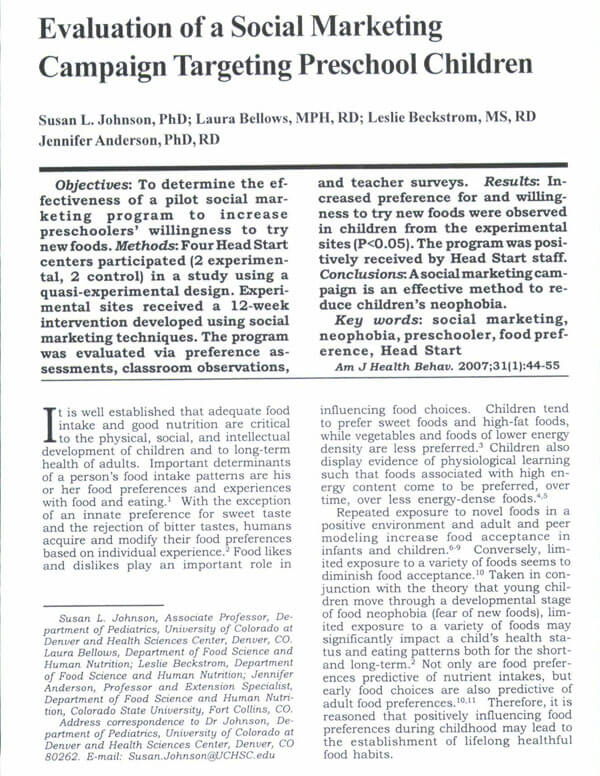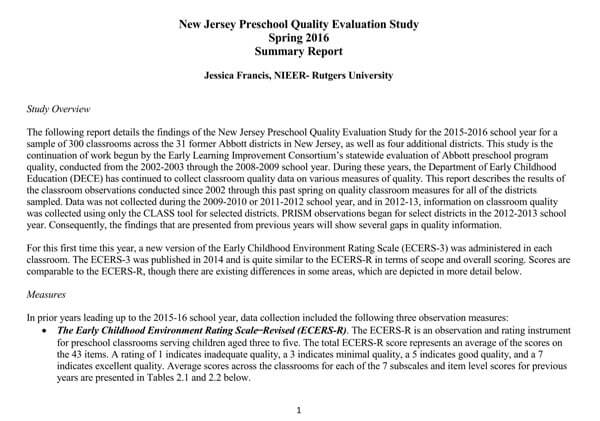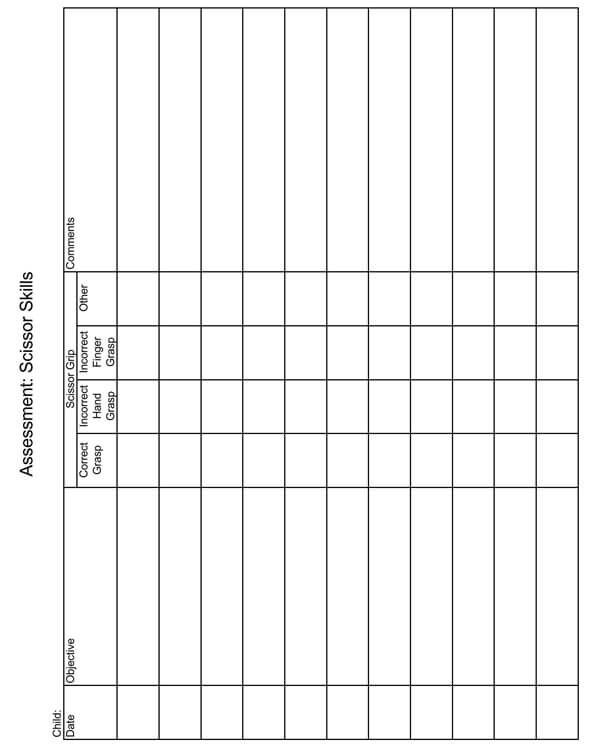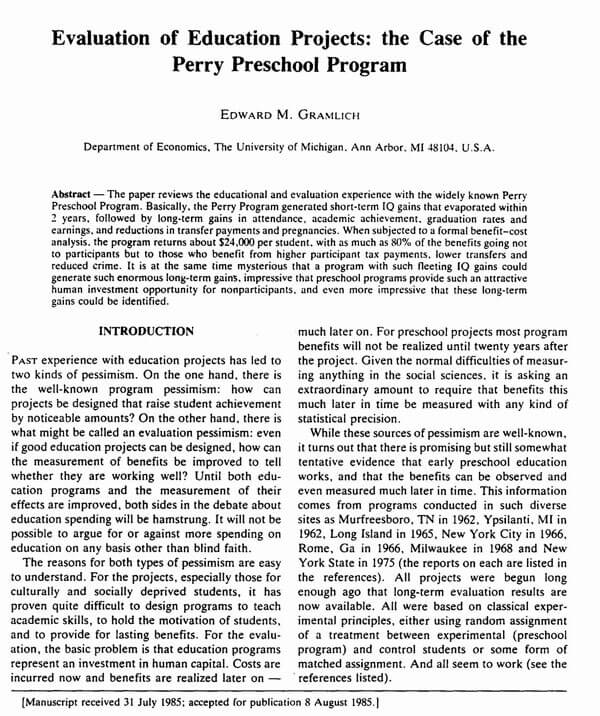Assessments are a great way to find out what a child knows and what they still need to learn. They are also an important constituent of any quality early childhood program. Children need to be assessed regularly so that their teachers can be aware of the areas that they need to work on more.
What is Preschool Assessment?
Early childhood development experts and pre-school teachers often use some form of pre-school assessment to evaluate how their pre-school students are doing in various skill areas such as:
- Letters recognition
- Recognition of numbers
- Gross motor skills
- Recognition of colors
- Eye-hand coordination
- Recognition of shapes
- Fine motor skills
- Social skills
- Speech skills
- Transition between activities
- Knowledge of personal information
Why is Assessment Important
Assessments are a critical piece of a child’s learning process. They also offer parents, educators and families with vital information about the child’s growth and development. Assessments can:
Drive Instructions
Assessments inform the teachers what the students know and do not know thereby setting the direction for their course. If well conducted, the information obtained can help outline the gap between the prevailing knowledge and the desired outcomes. Most teachers usually try to find out what the students know and use their previous knowledge as a stepping stone to obtain new understanding about them. The same is true for information gained through assessments done during instruction. By checking in with the students throughout the assessment period, outstanding teachers frequently define and revise their teaching skills to meet the various needs of the students.
Assessments drive learning
In most cases, what and how students learn is based on the extent of how they think their assessment will be. Assessment practices should send the right signal to the students about the areas that they should cover when preparing for the assessment. Most teachers usually communicate to students what they need to know by using a clearly expressed syllabus and by choosing the assessments cautiously in order to direct their energies.
Assessments inform students of their progress
When properly done, assessments can provide students with a clear understanding of what they know and what they don’t know about a specific subject. The response provided to students will help guide them on how they can improve their overall performance.
Assessments inform teaching practice
Assessing student’s performance offers the teachers a deep understanding of the efficiency and effectiveness of their teaching strategies. By carefully analyzing, gathering, and interpreting their findings during the assessment, they can be able to determine how well the students learning matches the expected outcomes for a lesson, course, or unit.
Child Assessment Methods
- Observation: child observation can be easily made with minimal or no interruption into the child’s daily activities and routines. The teachers can keenly observe all the facets of development, including their intellectual, social-emotional, linguistics, and their physical development regularly.
- Portfolios: a portfolio is a record of data compiled through the work that a child has produced over a set period. The data collected evidently shows the progress of the child’s development. Portfolios are important tools for assessment as they help in facilitating a great partnership between the child’s parents and the teachers.
- Educator Ratings: Educator ratings are very important in assessing the child’s language and cognitive abilities together with their social-emotional development. The ratings can then be linked to other approaches of assessment, such as other assessment tools or a standardized testing method.
- Parent Ratings: Parents ratings is an assessment method that integrates the parents into the assessment process. Parents using this assessment method are usually encouraged to keenly observe and listen to their children to help them target and detect key behaviours and milestones in their child’s development.
- Standardized Tests: These are tests that are created to fit the set of testing standards. Such tests are usually administered in a standard manner and are normally used to assess the child’s performance in a given program.
Child Assessment Systems
There are two main types of child assessment systems. Both systems are used to dictate the child’s program resources and development.
- Program developed child assessment tools: This tool is developed to go hand I hand with a specific programs’ curriculum and philosophy
- Published child assessment tools: These tools have been analyzed and properly tested and are acknowledged as a credible and reliable source in assessing a child’s development process.
How to Implement Assessments into Your Program?
The method of selecting the right assessment tools usually differs for each early childhood program. Here are some of the general guidelines normally used for implementing assessments into your program:
Define and identify the learning outcomes: All types of child assessments have a different purpose. It is significant to determine what should be measured during the assessment; then find the best program that will better assess those goals.
Select the appropriate assessment measures and earning outcomes: The teacher, parent, or instructor conducting the assessment should have a pre-existing relationship with the child. Preferably the assessor should be the educator. The assessment should be conducted in the child’s normal setting and should reflect their everyday experiences and relationships. It should be done preferably in a familiar setting or context such as the child’s classroom or playground.
Observe and analyze the results: For a detailed assessment, observations should be done in several different types of children’s activities and should be ongoing so as to see the child’s progress fully.
Adjust and improve the programs based on the assessment: Even though the individual methods for each assessment tool usually varies, the process is cyclical. The cycle then allows educators to make key changes to their curriculum to serve the children in their program better.
The cycle should be as follows:
- Instruct: Instruct the child to do something
- Observe: Observe them in different situations
- Document and reflect: record what you observe as soon as you can
- Analyze and evaluate: study and keenly analyze the data with the proper assessment tools. The assessment is usually from a combination of documents and evaluations
- Summarize, plan and communicate: summarize your assessment, plan for the next one and communicate to the child’s parents the specific needs and future curriculum that their child should adopt.
- Instruct: Repeat the cycle again and again
Best Preschool Assessment Templates
If you are looking for the best pre-school assessment templates, we’ve got you covered! Our pre-school assessment templates can be used to record a child’s progress as you assess them during their learning activities or observe them as they play. Simply choose and download one that suits you best and get started on your assessment.
Conclusion
It is clear that different types of data can be gathered on a child using different types of assessments. The type of assessment used on a child usually varies depending on the mode of teaching, conceptual development and skill acquisition and application and their critical thinking abilities. The use of different data collection formats normally yields a deeper and more meaningful understanding of what the child knows and what they are able to do, which is after all the main goal of conducting an assessment.
